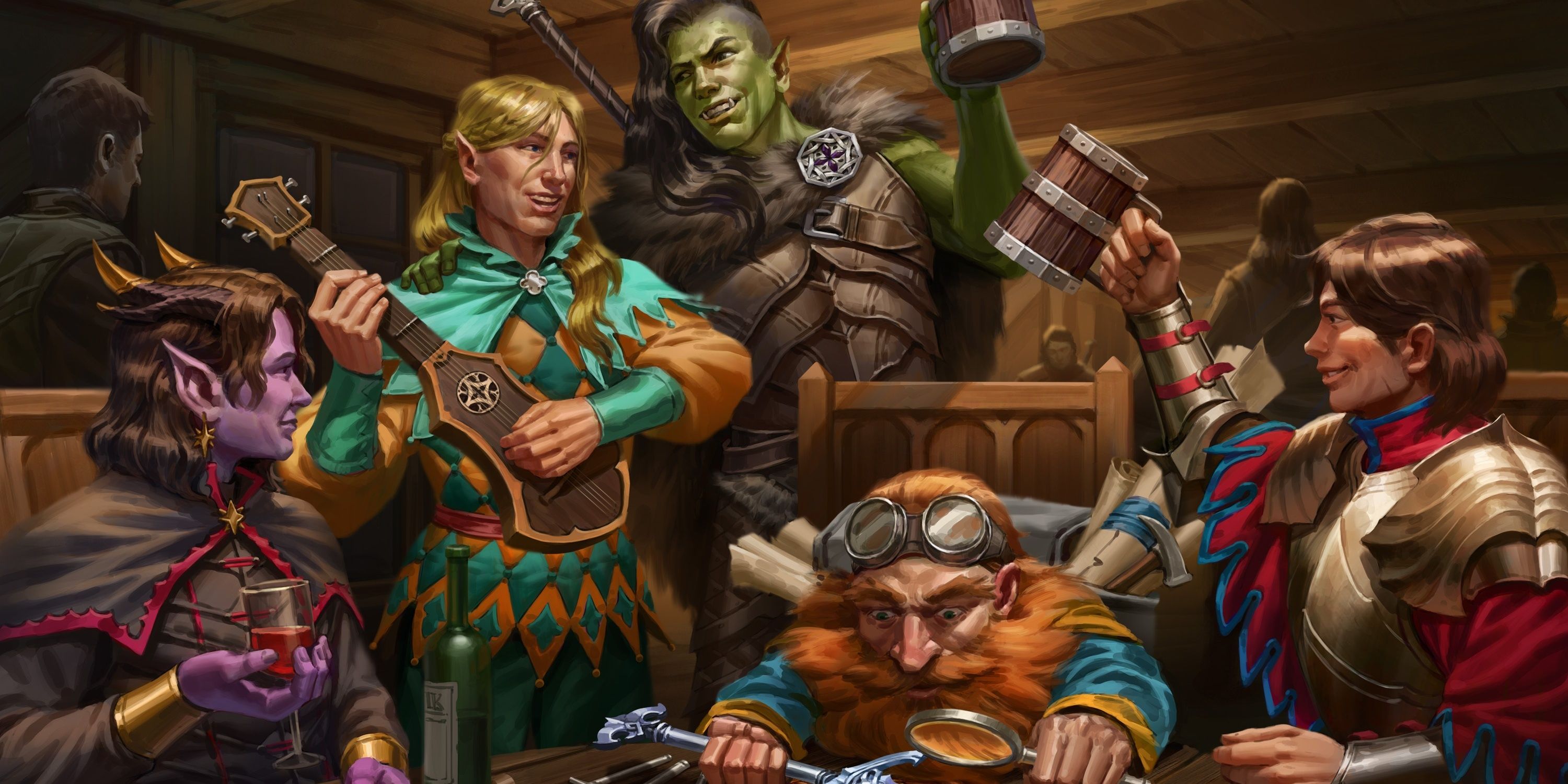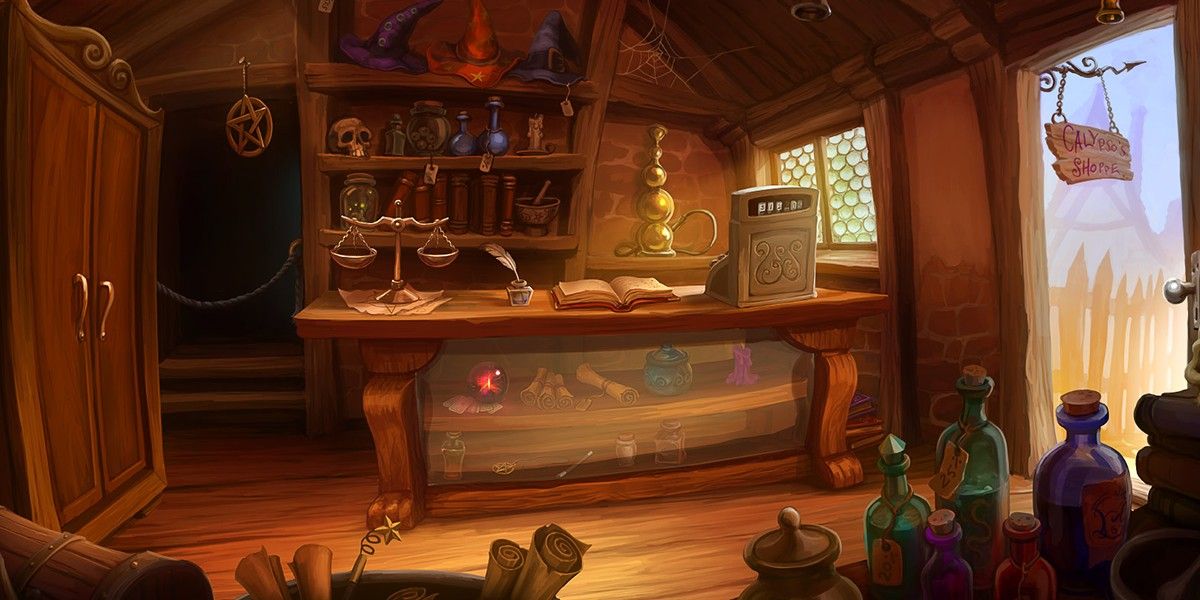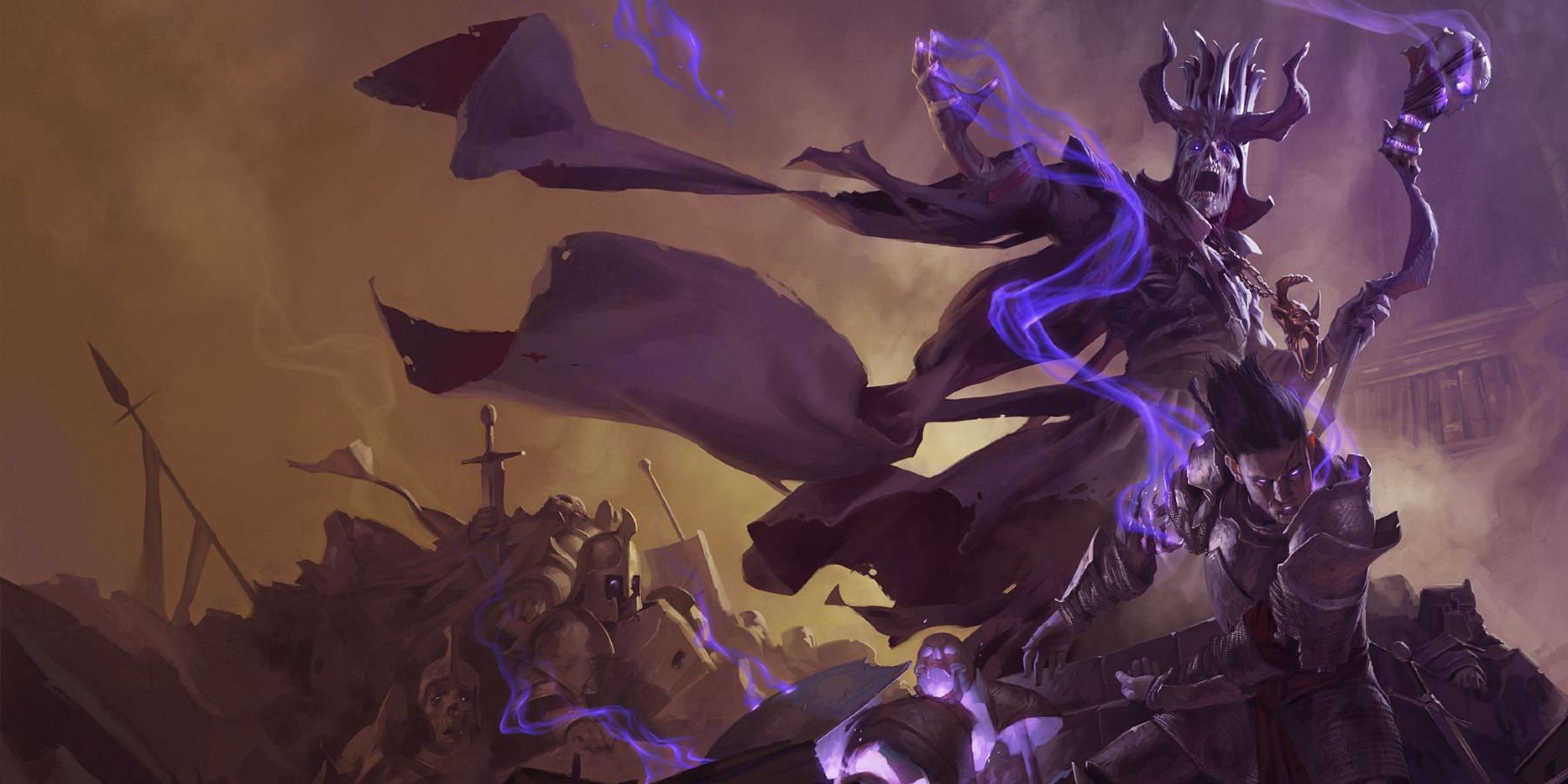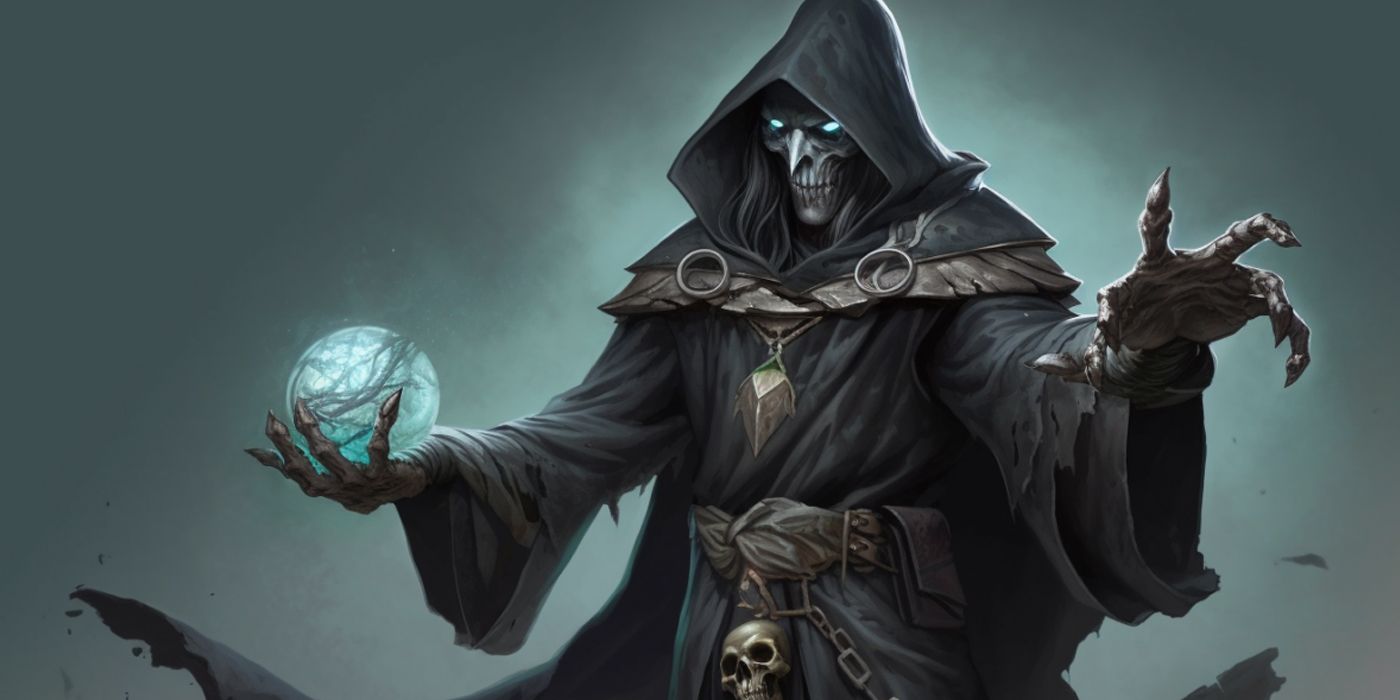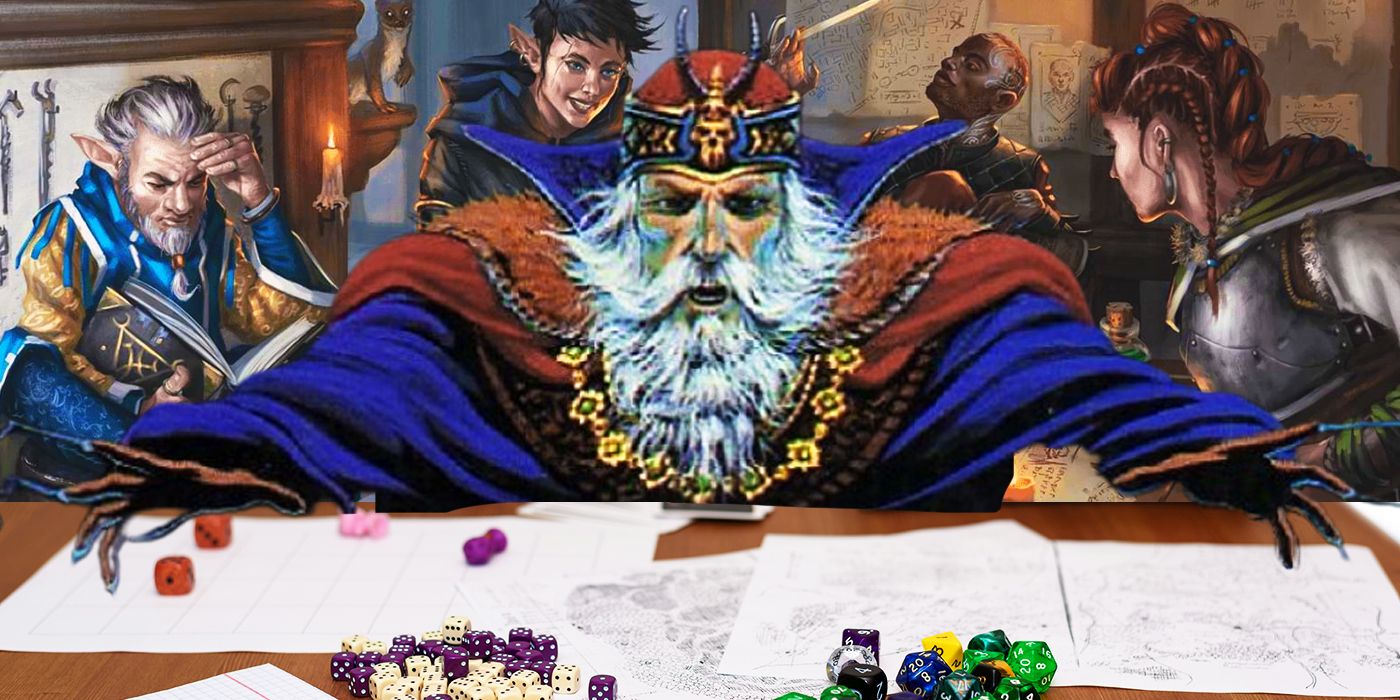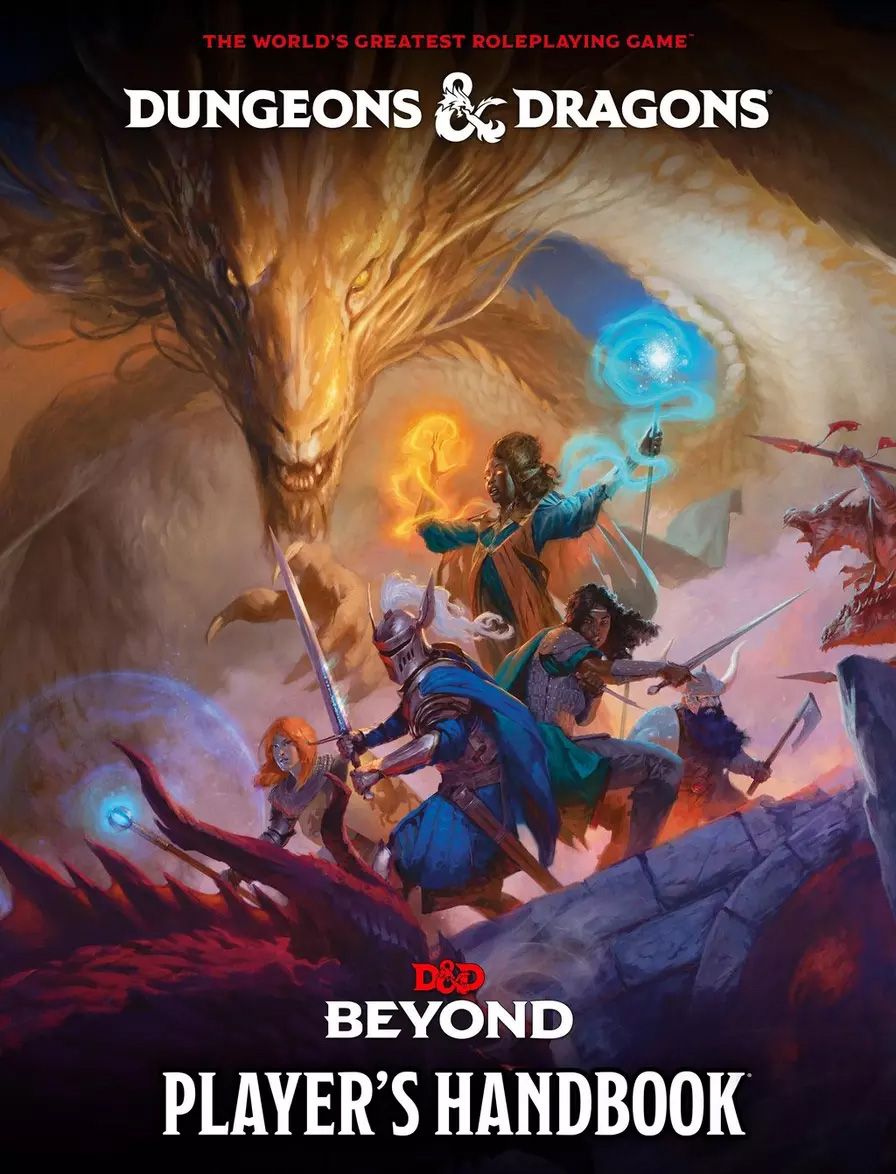Playing Dungeons & Dragons can be an incredibly challenging pastime, especially if the player is new to TTRPGs as a whole. This is especially prevalent for children, who are learning the entire world around them while they play games. Because of this, DMing a game for kids is a daunting task, with equally difficult challenges coming up far more frequently than if one were DMing a game for adults. Children have a lot of extra needs that make the experience of playing D&D particularly unique, and thankfully, there’s a lot of potential to be explored and a lot of new ideas that the kiddos will eat right up.
When it comes to DMing kids, there are a few things to keep track of, but expect to do a lot of homebrewing right off the bat. Whether it be making the game easier or different, depending on the child’s interests, sharing a passion for D&D is a great way to bond and introduce them to the TTRPG world. If the DM plans on running a party consisting of mostly children, there are a few things that they have to keep in mind.
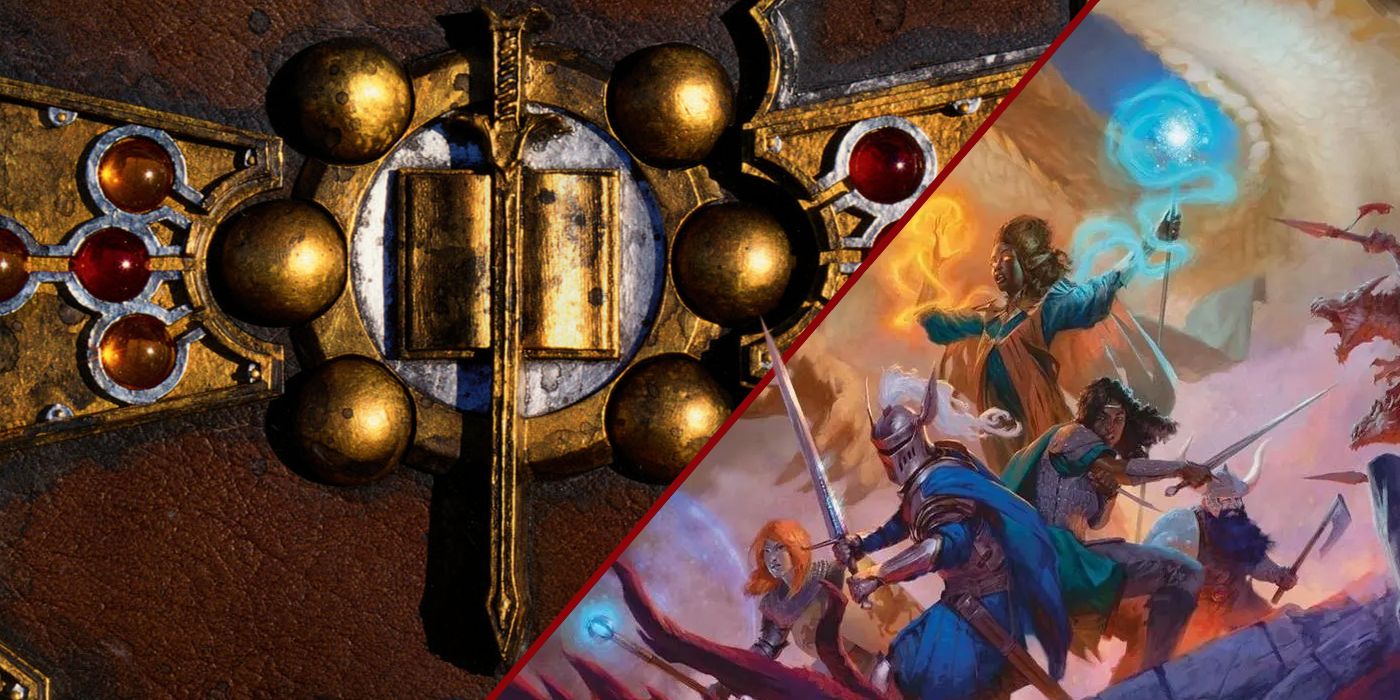
Related
Why Some Dungeons & Dragons DMs Prefer This Edition Over the Fifth
Even with D&D 5th edition getting an entirely new revamp, some DMs prefer to stick to this edition instead.
10
Immerse Kids with Props
This Includes Maps and Minis
Kids love immersion above anything else. Watch how they play games (especially when they roleplay, or “play pretend”) and the DM will witness firsthand how special these moments of immersion are. Thankfully, D&D is a game that thrives on that kind of immersion, and there are a few ways to deepen that kind of connection with the game. The most common way that this can be done is through props, including the maps and minis that players use at the table.
These props don’t have to be anything crazy, they’ll love it either way. Even if it’s something as simple as an old, rusty key, kids are going to be ecstatic about props, especially if those props can be used for any particular purpose. The DM could easily use props for the kids to understand teamwork with each other, especially if it’s a puzzle where each player has only one part that they have to connect with others. By providing something physical and tangible, the kids are going to immediately feel more invested in the game and the story – and the DM will get a much better performance at the table.
9
Remember the Target Age Group
Keep Adult Themes Watered Down
Working with children under the age of 13, the stories that one tells will be drastically different from the stories they’d share with teenagers and adults. Remember the target audience and keep adult themes at a low. It doesn’t have to be squeaky clean — kids are interested in the dark and macabre, after all — but it needs to be age-appropriate. So, when dealing with an enemy dying, don’t be overly descriptive of gore or violence, just touch on it.
The best way to know if it’s appropriate for children doesn’t have to be complicated. Simply ask: “Would this be in a PG Disney movie or a children’s book?” If the answer is yes, then the DM should be fine to include it in their campaign, but if the answer is no, then it should best be avoided to keep it appropriate.
8
Lay Down Ground Rules
Session Zero is Required For Kids
When it comes to dealing with kids, stability is one of the most important things that children rely on. They need rules, routine, and structure overall, which is why it’s important to lay down the rules as clearly as possible from the very beginning. The best way to do this would be doing a mandatory Session Zero, where the DM can begin outlining the rules that they have for the table.
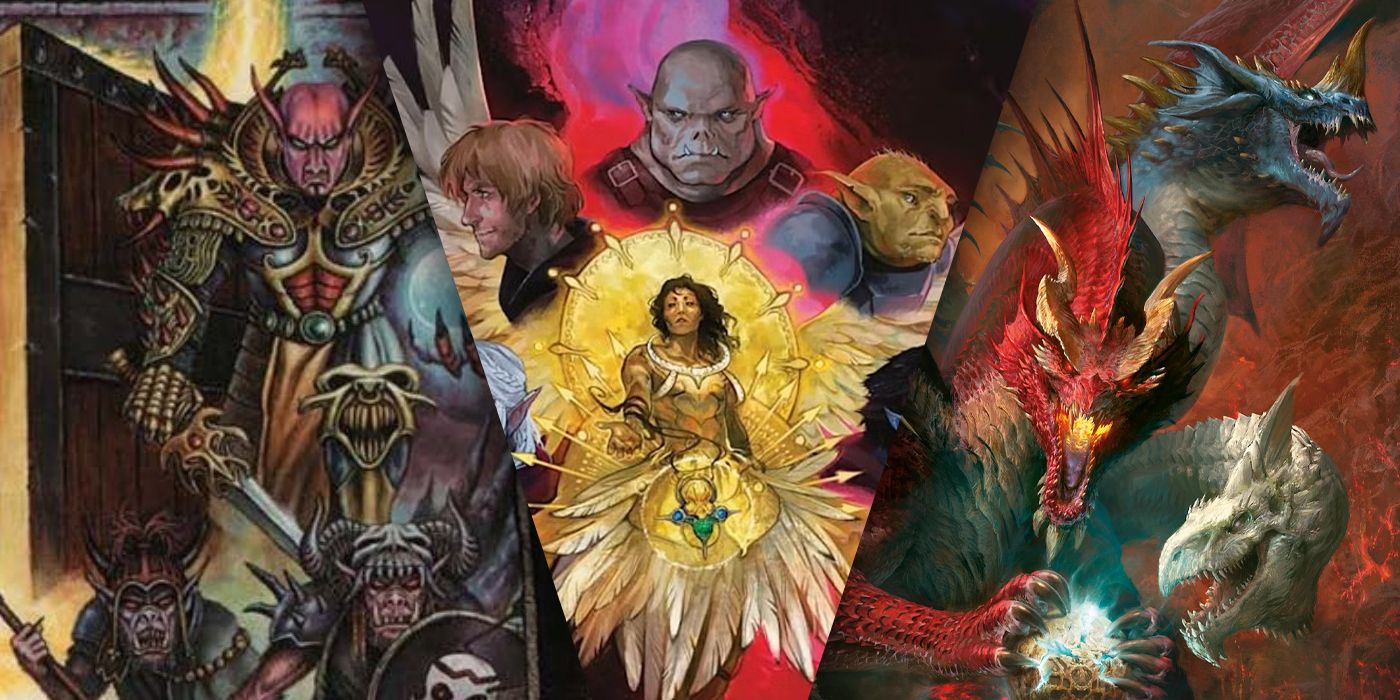
Related
Dungeons & Dragons: 10 Module Ideas For Your Next Campaign
Starting a new Dungeons and Dragons game? We’ve got some ideas for you!
The rules should operate similarly to the rules the DM would set in a normal Session Zero but should be worded in a way kids can easily follow. It would be more helpful if the DM had visual references, such as a poster or showing actual examples, especially since kids are going to forget. Having this reference keeps the rules front and center in their minds, and they won’t be afraid to hold each other accountable once the lines are drawn. Just be sure to be consistent with those rules, otherwise, they’ll exploit those gaps.
Let Them Trade and Barter
Shopping episodes in D&D games are fun for everybody, most especially for children, who love pretending they’re rich. Obviously, kids don’t have the currency to be able to go shopping normally in the real world, especially given how finances are for many families. Shopping in D&D, on the other hand, is free, but it’s just as fun for kids with pockets lined with silver and gold. Just be ready for them to not buy a lot of important items, as they’ll be splurging more on toys, clothes, treats, and other kid-friendly things.
If the DM happens to carry any cash, they could use coins to simulate silver pieces, and they could use it as an opportunity to teach them how to count money. Working with change isn’t something that people just know, after all, and given how one could learn many skills from playing D&D, this could be just as educational (and more fun) than the classes they attend. Plus, it’s also just good practice for bargaining, and kids love to make deals.
6
Make Morals Black and White
Grey Areas Should Be Avoided
When creating a villain (called the Big Bad Evil Guy, or BBEG, in D&D), it can be tempting to make them morally grey, giving these villains a crucial backstory to understanding their character and motivations in a module. However, if one is DMing a campaign for children, grey areas should be avoided as much as possible, as morals are almost always black-and-white. In fact, kids can’t really think about or fully understand grey morals until they’re at least a pre-teen, and the concept becomes clearer as they enter adolescence and adulthood.
Essentially, villains need to simply be evil for the sake of being evil, and the good guys need to be good for the sake of being good. Children believe this world is as easily monochrome as their morals, so introducing a villain that’s in the grey area would just simply be confusing.
5
Keep Your Puzzles and Riddles Simple
Look Up Puzzles For Their Grade, For Example
If DMs thought their adult players were easily frustrated by puzzles, they’ve not seen kids get angry with themselves. When children are faced with a particularly hard puzzle or riddle, and if they can’t figure it out quickly enough, they’ll start being all-out raging, with tears, hitting, and snot and everything in between. So, take this as a warning if DMs want to put puzzles or riddles in their campaign: keep it simple and easy to solve.

Related
Baldur’s Gate 3: 10 Spells It Does Better Than Its D&D Counterpart
Baldur’s Gate 3 made a few changes for a few of their spells when adapting D&D into a video game – and some are for the better.
One way this can be done easily is by simply looking up puzzles that are relevant to their grade (so if the game is for a party of first and second-graders, look up a first-grade puzzle). It’s also a good idea to run a puzzle by a few people to play-test it before giving it to kids because there could be something that the DM missed entirely. Either way, so long as the puzzles are ones that they can easily solve, the game should run smoothly.
4
Keep Sessions Short
Kids Can Only Handle About an Hour
A child’s attention span is significantly shorter than an adult’s, especially with the current, incoming generation of children whose span keeps getting shorter. Because of this, kids get antsy and bored quickly, so they can’t handle the normal three to four hours that go into a session. Instead, sessions should only be about an hour; DMs might be able to get away with two hours if the party happens to be older kids. One-shots are a good way to fit this.
This is also the reason why kids’ movies typically aren’t any longer than an hour and a half, since the audience tends to have a hard time sitting still. Of course, if the kids seem super invested, and they want to keep playing, the DM can keep going, but they shouldn’t be surprised if they start to see them shift around in their seats as they approach the hour mark.
3
Avoid Player Death at All Costs
Unless They Specifically Ask, of Course
Children are quick to form deep emotional attachments to things, most especially things of their own creation. Because of this, they would just as easily become deeply attached to the characters that they made, meaning that DMs should avoid killing their character at all costs.
Of course, there’s going to always be that one kid who asks, just be sure to explain it fully to them so they understand what they’re asking. However, also be ready to have a method of bringing them back to life (or ret-con, if the DM wants to allow that) just in case the child suddenly changes their mind in distress.
2
Be Patient and Listen Carefully
Be Consistent and Establish Routine
One of the most important things to remember when it comes to dealing with children is patience. Being patient, listening closely, and trying one’s best to understand are going to make the DM’s job of working with them significantly easier – because, let’s face it: kids are likely to test a DM’s patience.
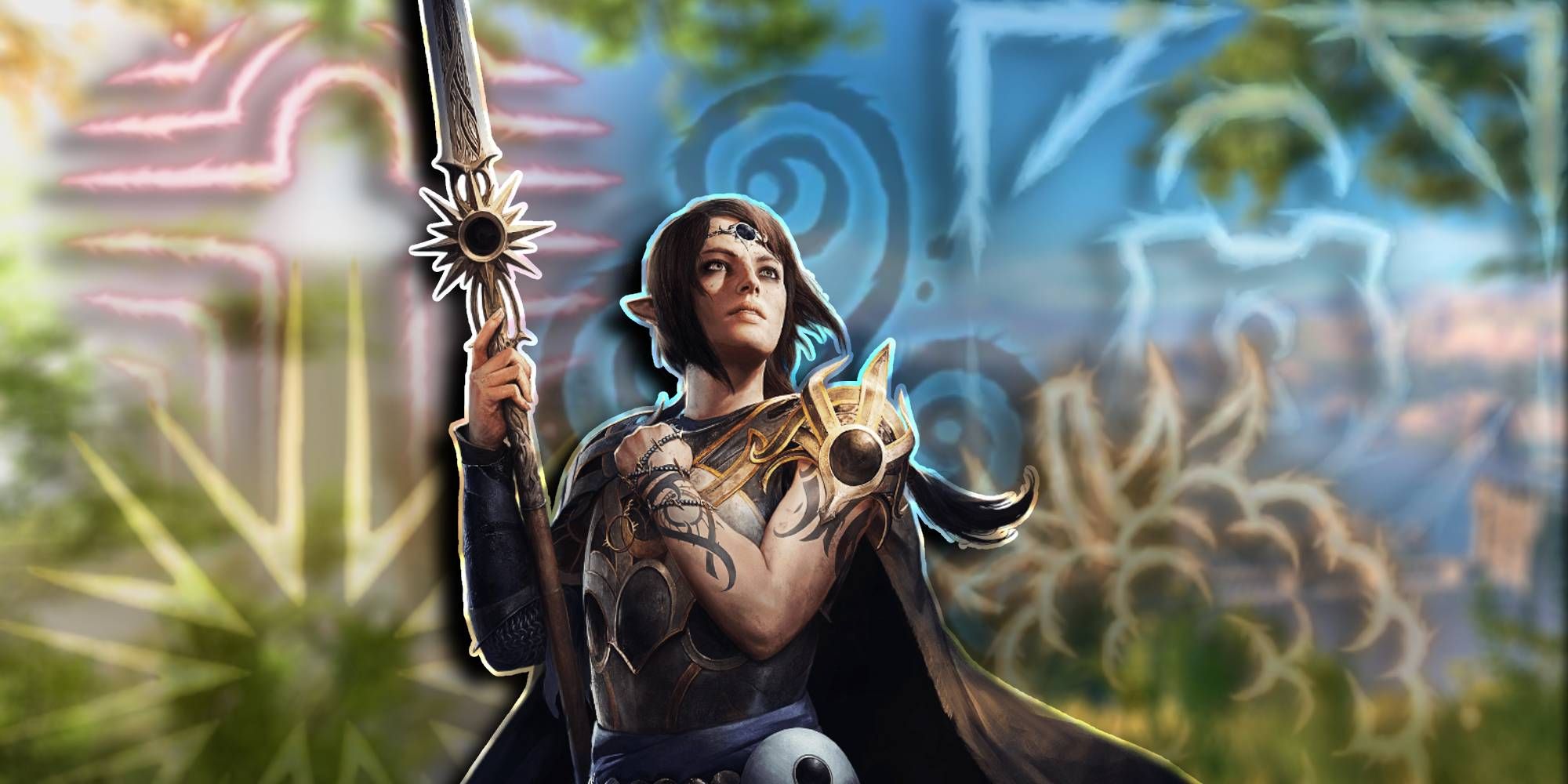
Related
Baldur’s Gate 3: 10 Spells Its D&D Counterpart Does Better
Baldur’s Gate 3 made a few tweaks to some spells when adapting it from the D&D tabletop, but not all of them are better.
Patience is crucial when it comes to dealing with kids, but the best way to avoid any patience-testing scenarios would be to have a consistent routine with the kids. With D&D, that could look like when the game is played, or maybe a set initiative order. Being a DM requires significant patience even with adults, so it won’t be any different if one is DMing a group of kids.
1
Prioritise Fun Over Rules
Don’t Be Afraid to Simplify Rules
Without a doubt, the most important thing one could remember if someone is DMing a group of kids, is to prioritize their fun over the game’s rules. There’s no sugar-coating that the DM is going to have to homebrew a lot of content in the game for children to understand it (unless the DM can keep them below level three for the entire campaign), and the sheer number of rules in the game is hard for even adults to keep track of. Of course, have important rules that can’t be tweaked, but be flexible with other, less important clauses.
Don’t be afraid to simplify things in order for children to understand it. D&D is complicated, even at the best of times, so it can be overwhelming for a child just getting started. Because of this, it’s important to just associate D&D with being fun, so let the kids have their fun.


